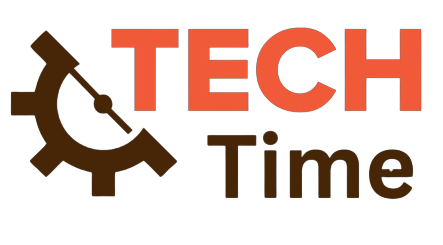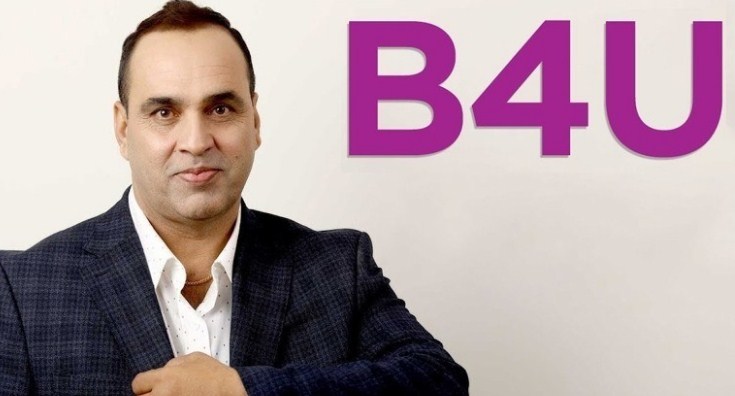Learning Curve in Game Development: Ease of Use in Unity and Unreal
The gaming business has grown at an exponential rate, providing game developers with a plethora of resources to build compelling, immersive games. Two behemoths among these tools—Unreal Engine and Unity—stand out, each with its own set of advantages and disadvantages. Acquiring proficiency in these platforms requires more than simply familiarity with their features; it also necessitates skill in negotiating their respective learning curves. When deciding between Unity vs Unreal, aspiring developers frequently think about the complexity and user-friendliness of each.
Acquiring a Game Development Certification might be a great first step for anyone interested in a career in game development. In addition to proving your competence, these credentials will lead you down a well-defined route to mastering these robust game development engines. Still, nobody seems to have answered the issue of which engine has an easier learning curve: Unity or Unreal?
Table of Contents
- Understanding the Learning Curves
- Unity: Accessibility and Simplicity
- Unreal Engine: Power and Complexity
- Choosing the Right Path: Unity or Unreal?
- Unity: Versatility and Community Support
- Unreal Engine: Power and Complexity
- Navigating the Learning Journey
- Conclusion
Understanding the Learning Curves
Both Unity and Unreal Engine give programmers the tools they need to realise their wildest visions. On the other hand, their interfaces and methods differ, which impacts how aspiring developers learn.
Unity: Accessibility and Simplicity
With its focus on user-friendliness and accessibility, Unity is a great platform for those just getting their feet wet in the world of game production. Users may quickly learn the ropes of game development because to its user-friendly interface and straightforward layout. The initial learning process is made easier by the drag-and-drop capabilities, an enormous collection of materials, tutorials, and a strong community.
One of Unity’s pillars, the C# programming language, helps make it user-friendly. For anyone who are already comfortable with programming, its syntax will be immediately familiar.
Unreal Engine: Power and Complexity
Contrarily, Unreal Engine offers a more robust and aesthetically pleasing setting. The longer learning curve is a trade-off for its resilience, though. Blueprints, Unreal’s visual scripting system, provides a node-based interface that makes complicated coding logic easier to understand and implement. Be that as it may, being an expert Blueprints player necessitates a deep familiarity with game theory and design ideas.
The grammatical complexity of C++, which Unreal mostly uses as its programming language, could be intimidating to newcomers. But if you want to dive headfirst into the complexities of game programming, Unreal offers a solid foundation and unmatched graphics capabilities.
Choosing the Right Path: Unity or Unreal?
When deciding between Unreal Engine and Unity, it usually comes down to personal taste, project needs, and professional goals.
Unity: Versatility and Community Support
Because of its intuitive design, Unity is a great platform for independent developers and those just starting out. It is well-suited for projects with short timelines because of its adaptability, which allows for quick prototyping. Plus, there is a huge community and a plethora of learning materials, including classes and forums, available in Unity, so students have constant assistance.
Unreal Engine: Graphical Finesse and AAA Potential
Unreal Engine has emerged as the preferred choice for developers seeking to create AAA games with high-end visuals. Its sophisticated visual effects and accurate rendering capabilities let programmers make games with breathtaking visuals. Nevertheless, Unreal’s complicated interface and programming language necessitate time and effort to understand.
Navigating the Learning Journey
Embarking on the learning curve of game development involves more than just choosing between Unity and Unreal Engine. It requires dedication, perseverance, and a strategic approach:
- Define Your Goals: Understand your project requirements and career aspirations to align them with the strengths of Unity or Unreal.
- Utilize Learning Resources: Enroll in games development certification courses tailored for Unity or Unreal Engine. Leverage tutorials, documentation, and online communities to enhance your skills.
- Hands-On Experience: Practice regularly by working on small projects or joining game development teams to gain practical exposure.
- Continuous Learning: Stay updated with the latest features, tools, and trends in game development through workshops, conferences, and networking.
- Embrace Challenges: Embrace the learning curve; challenges are opportunities to grow and expand your skill set.
Conclusion
Learning how to use Unity and Unreal Engine, two game production tools, is like setting out on an exciting quest, full of obstacles and potential rewards. While negotiating the learning curve, aspiring developers should think about their preferences, the demands of their projects, and their career goals. With its organised learning pathways and ability validation, a games development certification might be a useful map. Whether you like the intuitive UI of Unity or the powerful graphics of Unreal Engine, being a skilled game developer is ultimately possible with hard work, practice, and a desire to learn.







